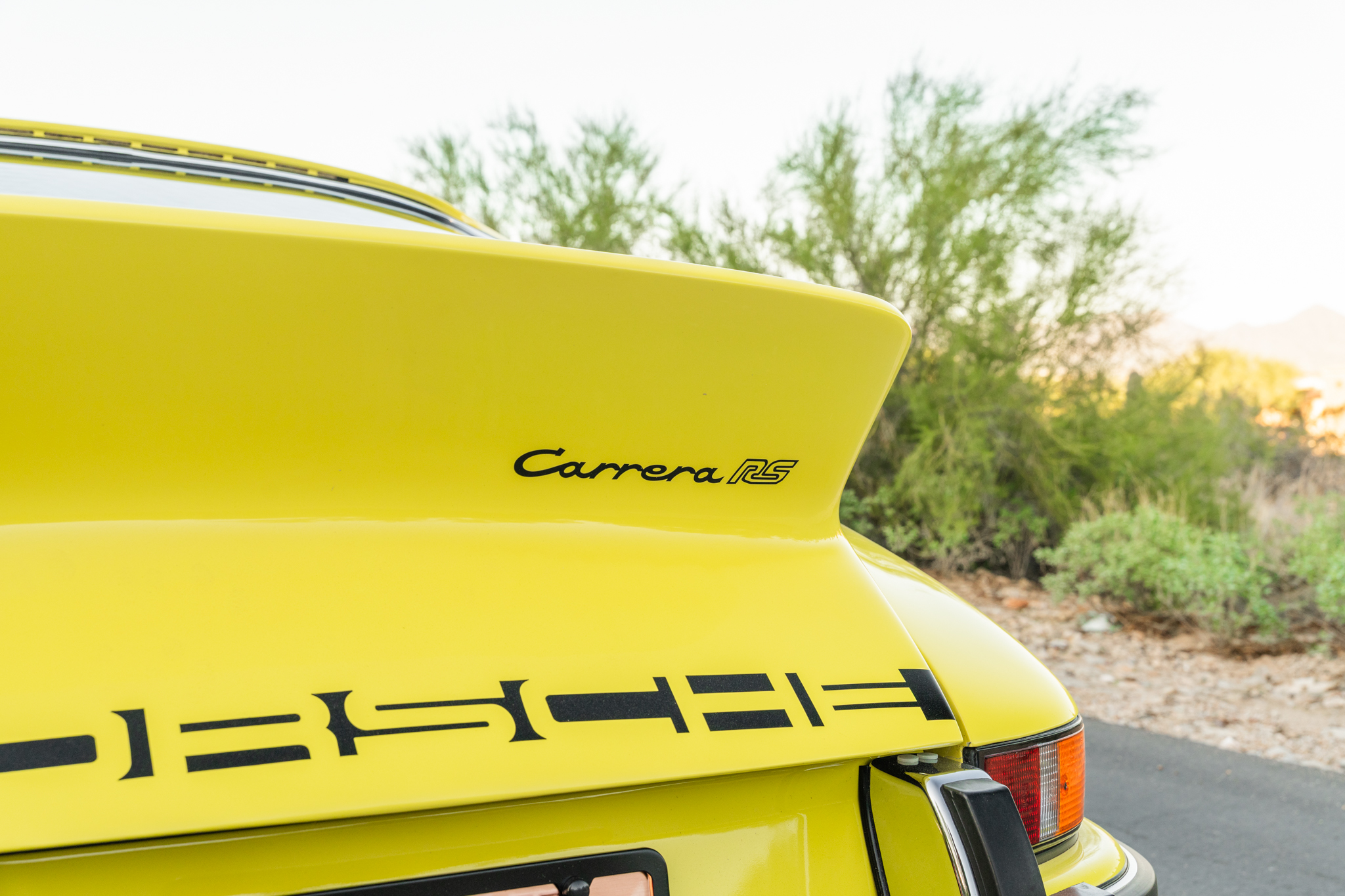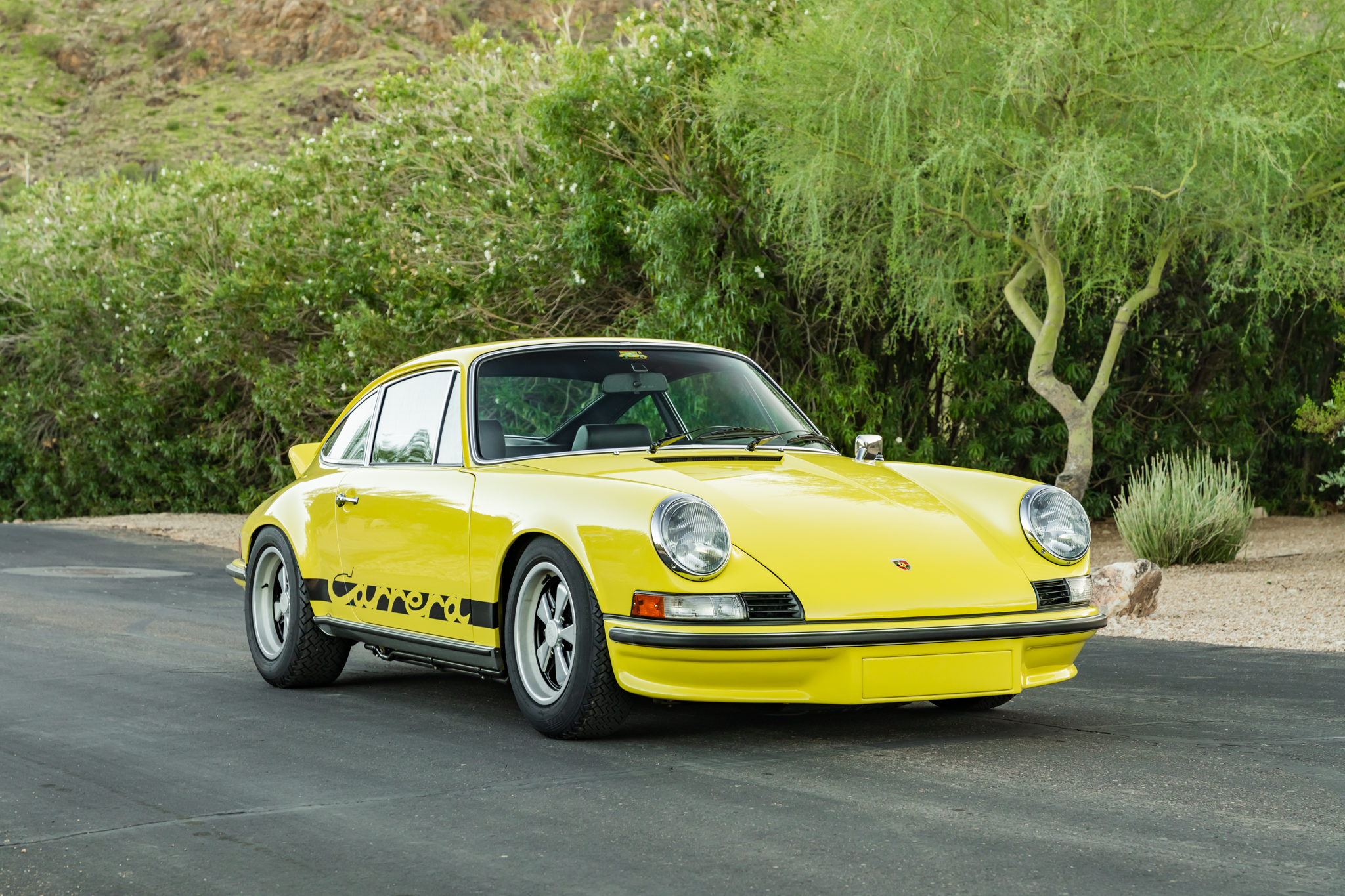
The Carrera RS was borne out of a good old family feud. Since its inception, Porsche built an extraordinary reputation making giant-killing race cars. On the right track with the right driver, 1500cc, 1600cc, and 2000cc Porsches challenged Jaguars, Ferraris, Maseratis, Aston Martins and many other cars with much greater cylinder counts and displacements in the world’s most prestigious races throughout the 1950s and 1960s. The one race in which outright victory eluded Porsche was the 24 Hours of Le Mans; even their 3 liter flat-8 powered 908 was no match for the 7 liter Ford GT40s in the late 1960s.

Ferry Porsche was famously frugal, but his nephew, Ferdinand Piëch, was not, and he rapidly ascended to the position of Head of Development at Porsche, where he was responsible for racing and set out to win Le Mans outright. The result was the Porsche 917, widely considered to be one of the greatest race cars of all time, and it did earn Porsche its first two outright wins at Le Mans in 1970 and 1971. The project was massively expensive however, and when a rule change for 1972 made the 917 illegal, Ferry Porsche was left with a very expensive orphan that had only run for two genuinely fruitful seasons.

Porsche AG had been managed by about half a dozen members of the Porsche family, leading to frequent spats, and at a board meeting in autumn of 1970, it was decided that all family members (including Piëch) should leave Porsche and be replaced by professional managers instead. Ferry Porsche remained and brought back Ernst Fuhrmann, who had designed the famous 4-cam Carrera engine in the 1950s as Technical Director. He was responsible for racing but did not have the budget to develop a new prototype after the 917 fiasco.
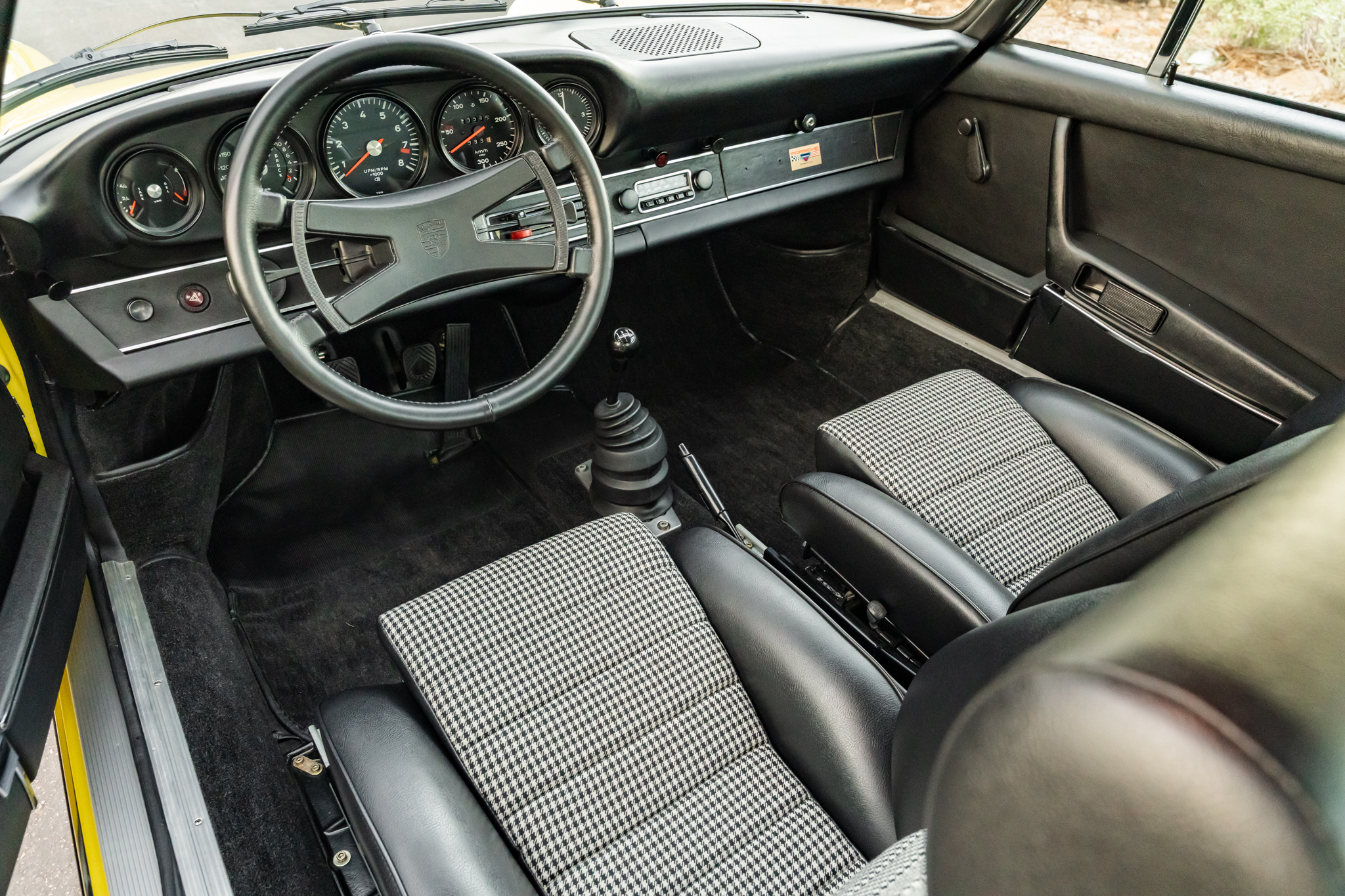
The Carrera RS was his response to the question of “how do we go racing without developing a new car or spending any real money?” The 911 was coming up on ten years old and had already been significantly developed for racing but the RS took things to the next level and critically, had a homologated street variant which means mortal enthusiasts have the chance to experience one of the most important Porsches of all time on the road.

RS development concentrated on weight, power, and aerodynamics. The body was made of thinner steel, soundproofing was removed, and even thinner glass fitted. The bumpers were made of fiberglass, as was the engine lid. Inside the car, the back seats were removed, and lighter carpets were fitted together with plain door panels with leather pull releases and basic plastic handles sourced from the Fiat 500 of all things.
Mechanically, the changes were surprisingly few: the engine was bored from 2.3 liters to 2.7 liters, which was achieved with thin walled cylinders with a Nikasil coating that was pioneered in the 917. The rest of the engine was more or less unchanged from the standard 911S. The suspension was upgraded with Bilstein shocks, stiffer roll bars, and wider rear wheels, which required flared rear wheel arches. The car was capable of a remarkable .91g of lateral acceleration, the first Porsche to exceed .9g, an astronomical figure in the day.

Lastly, the aerodynamics were tweaked. The front bumper was an evolution of the 1972 911S item, which reduced lift by directing air around the car instead of underneath it, while the rear tail, called burzel in German (“ducktail”) was the first tail ever fitted to a 911 and was extremely effective. Ordinarily, reducing lift comes with the undesirable effect of increasing drag, but the burzel actually reduced both, decreasing lift by an impressive 71% at speed and slightly reducing the coefficient of drag at the same time.
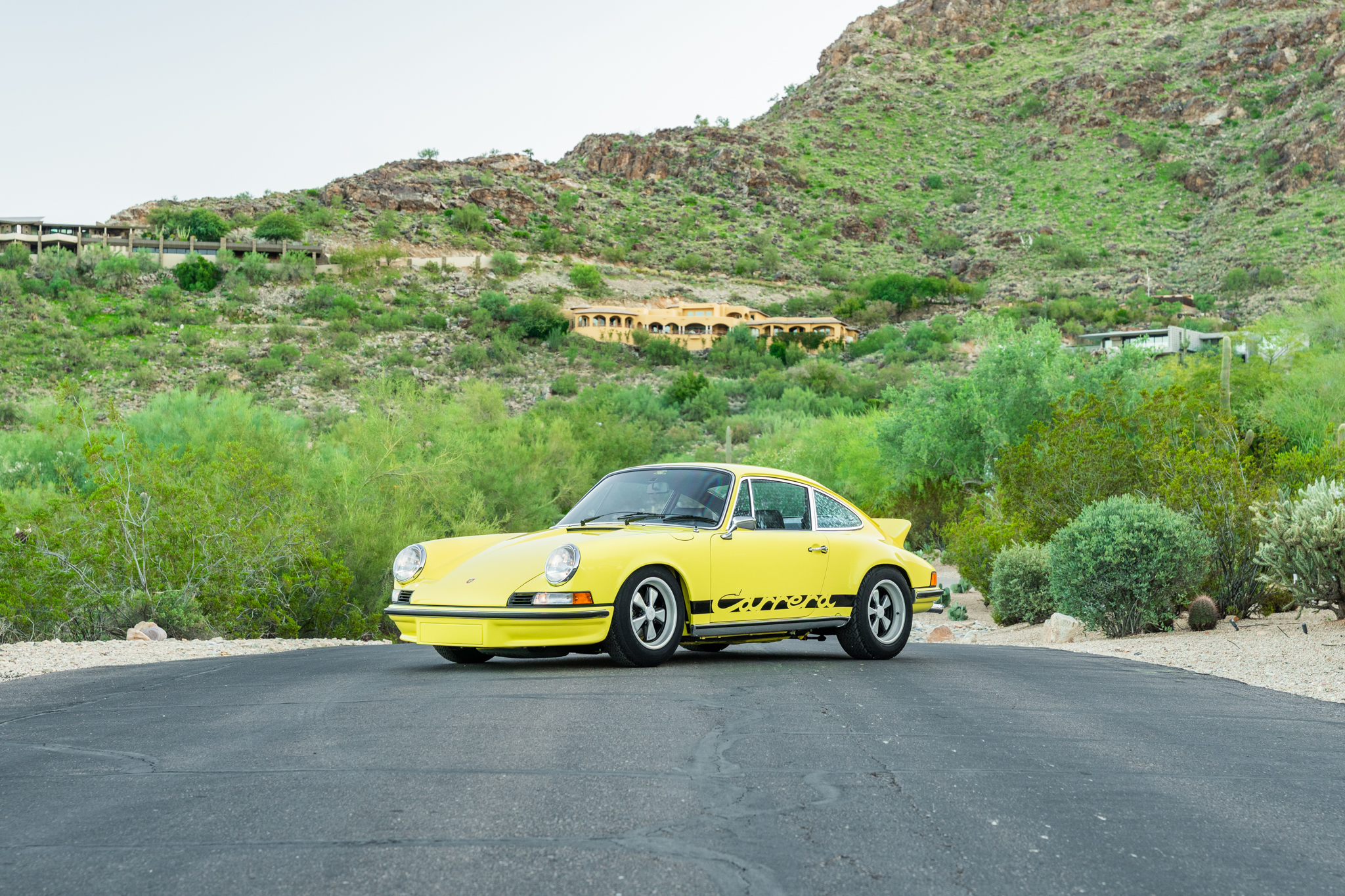
These changes to make the RS were relatively incremental, and most importantly, they were inexpensive to make. Porsche knew they needed to sell 500 examples in order for the car to be eligible to race in Group 4, so they priced it at 33,000DM, just 1500DM more than the 911S, a price increase of less than 5%. Even with such a marginal price increase, Porsche’s sales team was worried that they wouldn’t be able to sell the required 500 cars, and thus made executives promise to buy them.

They were thoroughly wrong. The first 500 cars sold out within a week of the end of the Paris Motor Show at which the car was launched, as did the second and third 500 cars. Ultimately 1,580 examples were built.
The whole point of this car was to go racing, and it did that extremely well. The racing version of the car, the RSR, basically cleaned up the GT class (the class for cars based on street cars) in the 1973 and 1974 seasons, winning all but one race both years.
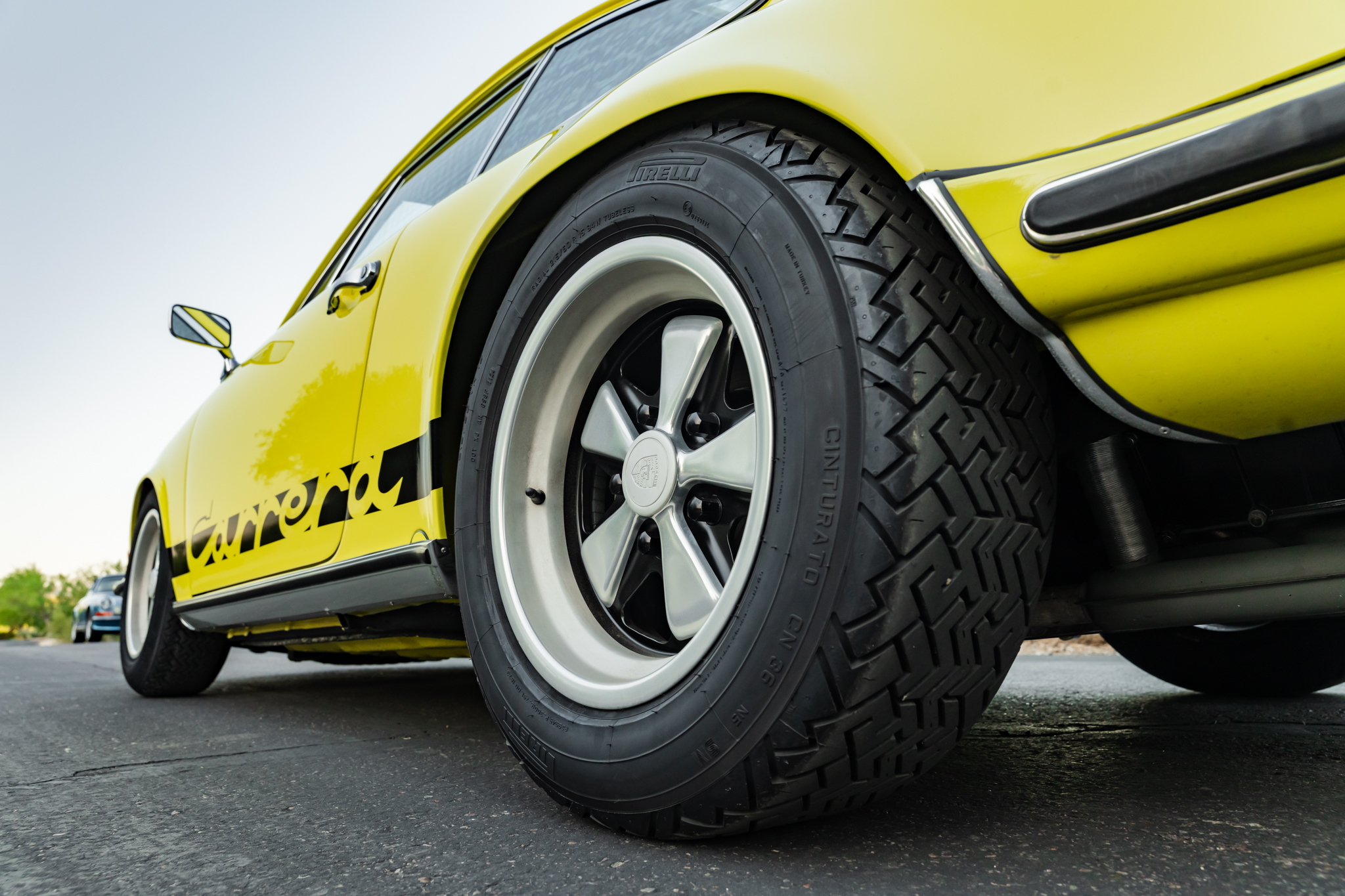
By the way, the reason that the car didn’t win the GT class at one race in 1973 is that it was busy winning the prototype class. That’s because at the first race of the year, the 24 Hours of Daytona, the car did not yet have the homologation papers that it needed to race as a production car. So, it had to run with the all-out prototypes, all of which broke, and so at the car’s very first time out, not only did a 911 beat all the other GT cars, it won outright against the pure racing prototypes.

Thus began the RS dynasty on track, creating an icon which survives to this day.
This particular RS was among the first 500 cars built and thus contributed to the car’s homologation for racing. These “homologation cars” have a number of detail differences that differentiate them from later cars and are sought after by collectors for that reason. The RS was not available new in the United States and thus all the examples that are here were imported at a later date. This particular car is a matching-numbers example which was imported from Germany to the United States in the 1980s. It has been carefully restored to very high standards and remains in exceptional condition.
